Home>diy>Building & Construction>What Is Masonry Veneer Construction
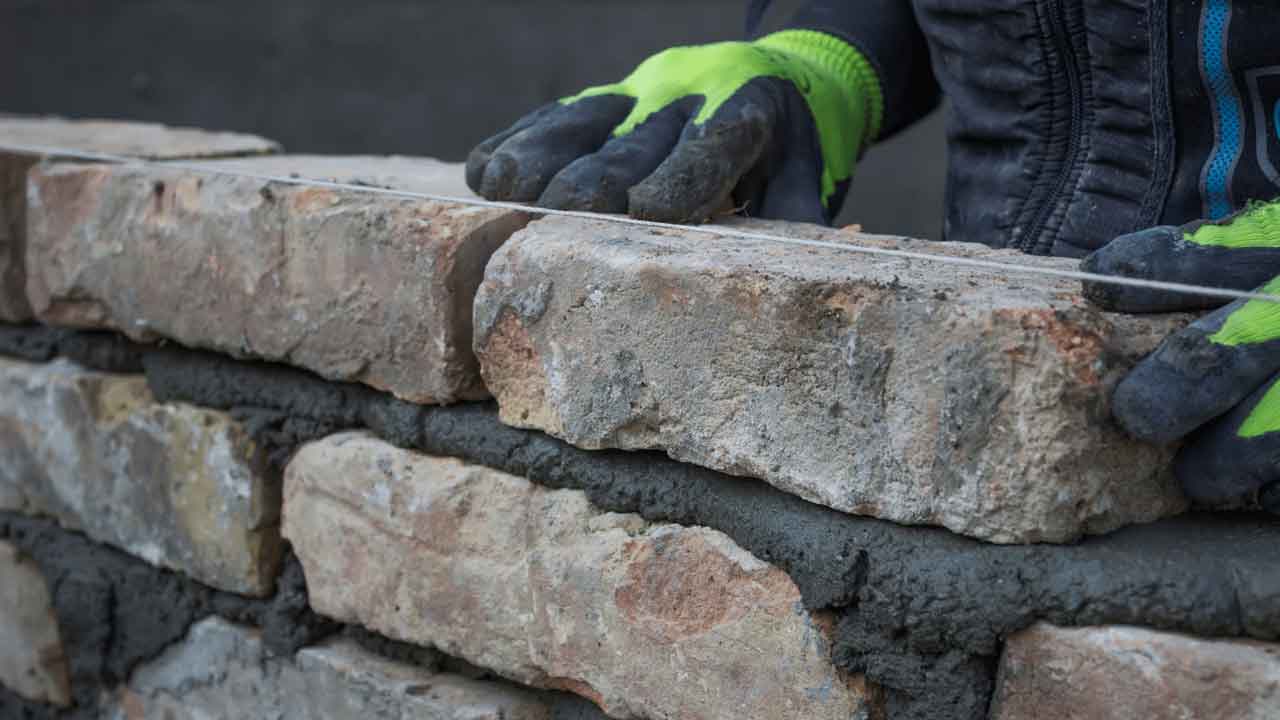

Building & Construction
What Is Masonry Veneer Construction
Modified: October 20, 2024
Learn about the building-construction method known as masonry veneer, which enhances the aesthetics of structures by adding a layer of brick or stone to the exterior.
(Many of the links in this article redirect to a specific reviewed product. Your purchase of these products through affiliate links helps to generate commission for Storables.com, at no extra cost. Learn more)
Introduction
Masonry veneer construction type is a popular method used in building construction. It involves adding a thin layer of masonry material over an existing structure, providing an enhanced appearance that is both aesthetically appealing and durable.
This construction technique offers various advantages and disadvantages, as well as the usage of different materials for veneering. In this article, we will explore the details of masonry veneer construction, including the installation process, maintenance requirements, and a comparison with other construction types.
Whether you are a homeowner considering a renovation project or a construction professional seeking insights into masonry veneer, this article will provide you with a comprehensive understanding of this construction type.
Key Takeaways:
- Masonry veneer construction offers cost-effective, visually stunning building exteriors with durability and energy efficiency. It provides design flexibility and requires minimal maintenance, making it a popular choice for residential and commercial projects.
- When compared to solid masonry and siding construction, masonry veneer balances aesthetics, insulation, and maintenance. Proper care and consideration of engineering requirements are crucial for successful masonry veneer projects.
Read more: What Is A Veneer In Construction
Definition of Masonry Veneer Construction Type
Masonry veneer construction is a type of building construction that involves adding a decorative layer of masonry material, such as stone, brick, or concrete, to the exterior of a structure. The veneer acts as a protective and aesthetic covering, enhancing the appearance and durability of the building.
This construction method differs from traditional load-bearing masonry construction, where the masonry walls bear the weight of the structure. In masonry veneer construction, the load-bearing capacity is provided by a separate structural system, such as steel or wood framing, while the masonry veneer serves as a non-load-bearing decorative element.
One of the key features of masonry veneer construction is that it allows for flexibility in design. The veneer can be customized to achieve various architectural styles and patterns, providing a visually stunning finish to the building. Moreover, the availability of different materials, colors, and textures offers endless possibilities for design creativity.
Masonry veneer construction is commonly used in residential and commercial buildings. It is often chosen for its cost-effectiveness compared to full masonry construction, as well as its ability to mimic the appearance of solid masonry walls. The lightweight nature of the veneer also reduces the structural load, making it an attractive choice for retrofitting existing structures.
Overall, masonry veneer construction offers a balance between aesthetics and functionality. It combines the durability and weather resistance of masonry materials with the flexibility and efficiency of alternative structural systems. These qualities make masonry veneer construction a popular choice for achieving visually appealing and long-lasting building exteriors.
Advantages of Masonry Veneer Construction Type
Masonry veneer construction offers several advantages that make it a popular choice for both residential and commercial buildings. Let’s explore some of these advantages:
1. Aesthetics: One of the primary advantages of masonry veneer construction is the aesthetic appeal it brings to a building. The variety of materials, colors, and textures allows for endless design possibilities, enabling architects and homeowners to create visually stunning exteriors that enhance the overall look and feel of the structure. 2. Cost-Effective: Compared to traditional load-bearing masonry construction, masonry veneer construction is generally more cost-effective. This is because the load-bearing function is provided by a separate structural system, such as steel or wood framing, which can be less expensive than constructing full masonry walls. Masonry veneer offers the appearance of solid masonry at a fraction of the cost. 3. Lightweight: The lightweight nature of masonry veneer reduces the structural load on the building, making it a suitable choice for both new constructions and retrofitting existing structures. This is particularly beneficial when adding veneer to older buildings that may not have been designed to accommodate the weight of full masonry walls. 4. Energy Efficiency: Masonry veneer construction can contribute to improved energy efficiency of a building. The added layer of masonry acts as an insulation barrier, reducing thermal transfer through the walls. This helps in maintaining a comfortable indoor environment and can lead to lower energy consumption and reduced heating and cooling costs. 5. Durability: Masonry materials used for veneer, such as stone or brick, are known for their durability and resistance to weathering. They can withstand harsh environmental conditions, including extreme temperatures, moisture, and UV exposure, without significant deterioration. This enhances the longevity and structural integrity of the building. 6. Easy Maintenance: Masonry veneer requires minimal maintenance compared to other exterior finishes. The materials used are often low-maintenance and can be easily cleaned with water or mild detergents. Additionally, damaged or deteriorated sections of the veneer can be repaired or replaced without the need to disrupt the entire structure. 7. Versatility: Masonry veneer construction offers flexibility in design, allowing for customization to suit various architectural styles and preferences. Whether you want a modern, rustic, or traditional look, the wide range of masonry materials and finishes can be tailored to achieve the desired aesthetic. These advantages make masonry veneer construction an attractive option for those seeking a cost-effective, durable, and visually appealing solution for their building exteriors. Whether for residential or commercial purposes, the versatility and benefits of masonry veneer construction make it a popular choice in the construction industry.
Disadvantages of Masonry Veneer Construction Type
While masonry veneer construction has many advantages, there are also some potential disadvantages to consider. Here are a few of the main drawbacks:
1. Additional Engineering Requirements: Because masonry veneer is a non-load-bearing element, it requires additional engineering and design considerations. The structural system supporting the veneer must be properly designed to ensure its stability, which adds complexity and potential costs to the construction process. 2. Potential Moisture Issues: Improper installation or inadequate moisture management can lead to moisture-related problems, such as water infiltration and condensation. If moisture gets trapped behind the veneer, it can cause damage to both the veneer and the underlying structure. Proper waterproofing and adequate drainage systems are crucial to prevent these issues. 3. Higher Maintenance Costs: While masonry veneer requires less maintenance compared to other exterior finishes, it can still require occasional repairs. If the veneer becomes damaged or cracks appear, they may need to be addressed promptly to prevent further deterioration. Depending on the extent of the damage, these repairs can be costly. 4. Installation Complexity: Installing masonry veneer can be more complex and time-consuming compared to other exterior finishes. It requires skilled labor, as proper techniques and procedures must be followed to ensure a secure and long-lasting installation. This complexity can also lead to increased construction time and potential delays. 5. Fire Resistance: Although masonry veneer itself is non-combustible, the underlying structural system may not have the same fire-resistant properties. Depending on the specific construction methods and materials used, additional fire safety measures may need to be incorporated, which could increase costs and complexity. 6. Limited Load-Bearing Capacity: Since masonry veneer is non-load-bearing, it cannot support heavy structural loads. This limits the design flexibility in terms of larger openings like windows and doors. Special design considerations may be required in these cases, adding complexity and potential costs to the project. 7. Cost Sensitivity: The cost-effectiveness of masonry veneer construction can vary depending on factors such as the type of veneer material used, the complexity of the design, and the location of the project. While it generally offers cost savings compared to full masonry construction, it may not always be the most economical option for certain projects. Despite these potential disadvantages, masonry veneer construction remains a popular choice due to its combination of aesthetic appeal and durability. By carefully considering the drawbacks and ensuring proper design, installation, and maintenance, these challenges can be effectively managed to achieve a successful masonry veneer project.
Common Materials Used in Masonry Veneer Construction
Masonry veneer construction allows for a wide range of materials to be used, each offering unique characteristics and aesthetic options. Here are some of the most common materials used in masonry veneer construction:
1. Brick: Brick is a classic choice for masonry veneer construction. It is durable, fire-resistant, and offers a timeless appeal. Bricks come in a variety of colors, sizes, and textures, allowing for versatile design options. They can be used to create traditional or modern aesthetics, depending on the desired look. 2. Stone: Natural stone veneers, such as granite, limestone, slate, or sandstone, provide a luxurious and natural look to a building. These materials offer unique textures and color variations that cannot be replicated by manufactured products. Stone veneers can bring a rustic or elegant charm to any structure and are highly durable and resistant to weathering. 3. Concrete: Concrete veneer offers a cost-effective alternative to natural stone. It can be molded and textured to mimic the look of various stone types and finishes. Concrete veneers are highly customizable in terms of color, texture, and pattern, making them suitable for a wide range of architectural styles. 4. Cultured Stone: Cultured stone, also known as manufactured or synthetic stone, is made from a mixture of cement, aggregates, and pigments to mimic the appearance of natural stone. It is a lightweight and cost-effective option that provides flexibility in design. Cultured stone veneers come in various styles and colors, offering a wide range of architectural possibilities. 5. Clay Tiles: Clay tiles are often used for masonry veneer construction to create a unique and distinctive look. These tiles are available in different shapes, such as flat, curved, or interlocking, allowing for creative and intricate designs. Clay tiles are known for their durability, longevity, and resistance to fading and weathering. 6. Brick Veneer Panels: Brick veneer panels are precast sections of brick that are adhered to the building exterior. These panels offer the appearance of traditional brickwork but are easier and quicker to install. They come in various sizes, patterns, and colors, providing a cost-effective option without compromising the aesthetic appeal. 7. Composite Panels: Composite panels, such as fiber cement or high-pressure laminate (HPL) panels, are also used in masonry veneer construction. These panels consist of a combination of materials, such as cement, wood fibers, and resins, and can mimic the look of natural stone or brick. Composite panels offer durability, weather resistance, and design versatility. It is important to consider factors such as budget, design preferences, maintenance requirements, and climate when selecting the materials for masonry veneer construction. Consulting with a professional architect or contractor can help determine the most suitable material for your specific project, ensuring a stunning and durable masonry veneer finish.
When installing masonry veneer, ensure proper waterproofing and flashing to prevent moisture penetration and potential damage to the structure.
Read more: What Does Masonry Construction Mean
Installation Process of Masonry Veneer
The installation process of masonry veneer involves several steps to ensure a secure and visually appealing finish. Here is an overview of the typical installation process:
1. Preparation: Before starting the installation, the surface of the existing structure must be prepared. This involves cleaning the surface and ensuring it is free from any debris, dirt, or loose materials. If necessary, a moisture barrier, such as a water-resistant membrane, may be applied to prevent water penetration. 2. Layout: The layout of the masonry veneer is crucial for achieving a symmetrical and balanced appearance. The installation team will mark reference lines and establish the desired pattern and placement of the veneer units. This step ensures that the veneer is evenly distributed, and any necessary adjustments can be made before the installation begins. 3. Mortar Preparation: A mortar mix is prepared according to the manufacturer’s recommendations. The mortar acts as a bonding agent and provides support for the veneer units. The consistency of the mortar is important, as it should be thick enough to hold the veneer units in place but still workable for installation. 4. Installation: The veneer units, such as bricks or stone pieces, are individually laid onto the prepared surface, starting from the base and working upward. The mortar is applied to the back of each veneer unit, and the unit is pressed firmly onto the surface, ensuring proper adhesion. Joints between the veneer units are filled with mortar for stability and aesthetic purposes. 5. Leveling and Alignment: Throughout the installation process, it is essential to ensure that the veneer units are level and aligned properly. This requires constant checking and adjustment to maintain a consistent appearance and avoid any visual inconsistencies or structural issues. 6. Finishing: Once the veneer units are installed, any excess mortar is carefully removed to achieve clean and uniform joints. The surface is then brushed or washed to remove any remaining debris. A final inspection is conducted to ensure the installation meets the desired standard and specifications. 7. Curing and Protection: After the installation, the mortar needs time to cure and harden. This typically takes several days, depending on the specific mortar used. During this time, it is important to protect the newly installed veneer from excessive moisture or physical damage. Temporary coverings or barriers may be applied if necessary. It is important to note that the actual installation process may vary depending on the specific veneer material and the manufacturer’s guidelines. It is recommended to consult with experienced professionals and follow the manufacturer’s instructions to ensure proper installation and avoid any issues or complications. By following these steps and paying attention to detail, masonry veneer can be installed effectively, resulting in a visually appealing and durable finish that enhances the overall appearance and value of the structure.
Maintenance and Care for Masonry Veneer
Proper maintenance and care are essential for preserving the appearance and longevity of masonry veneer. By following some basic guidelines, you can ensure that your veneer remains in excellent condition for years to come. Here are some maintenance and care tips for masonry veneer:
1. Regular Cleaning: Regular cleaning is important to remove dirt, debris, and stains that can accumulate on the surface of the veneer. Depending on the type of veneer material, you can use water, mild detergents, or specialized stone cleaners to clean the surface. Avoid using harsh chemicals or abrasive materials that can damage the veneer. 2. Inspect for Damage: Periodically inspect the veneer for any signs of damage, such as cracks, chips, or loose units. Promptly address any issues to prevent further deterioration. Repair or replace damaged veneer units following manufacturer guidelines or seek professional assistance if needed. 3. Sealing: Consider sealing the masonry veneer to protect it from moisture penetration, staining, and freeze-thaw cycles. Consult with a professional to determine the appropriate type of sealant for your specific veneer material. Follow the manufacturer’s instructions for application and re-application intervals. 4. Proper Drainage: Ensure that the masonry veneer has proper drainage systems in place to prevent water from pooling or infiltrating behind the veneer. Poor drainage can lead to moisture-related issues and damage. Regularly check and clean gutters, downspouts, and weep holes to ensure they are functioning properly. 5. Prevent Vegetation Growth: Remove any vegetation, such as moss or lichens, that may grow on the veneer surface. These can promote moisture retention and cause discoloration or damage over time. Use appropriate techniques, such as brushing or gentle pressure washing, to remove vegetation without causing harm to the veneer. 6. Protect from Physical Damage: Take precautions to protect the masonry veneer from physical damage. Avoid hitting or scraping the veneer with sharp objects or heavy equipment. Be cautious when doing any landscaping or exterior renovations near the veneer, as accidental damage can occur. 7. Professional Maintenance: Periodically consult with professionals specializing in masonry to assess the condition of the veneer and address any maintenance concerns. They can provide expert insight, perform necessary repairs or maintenance tasks, and offer guidance on long-term care. Remember, each masonry veneer material may have specific care requirements, so it is crucial to refer to the manufacturer’s recommendations for maintenance and care. Following these guidelines and addressing maintenance needs promptly will help keep your masonry veneer looking its best and ensure its durability for years to come.
Comparison with Other Construction Types
When considering construction options for a building, it’s important to understand how masonry veneer compares to other construction types. Here is a comparison of masonry veneer with two commonly used construction methods: solid masonry and siding:
1. Solid Masonry Construction: Solid masonry construction involves using masonry materials, such as bricks or blocks, as the structural walls of the building. Here is how masonry veneer compares: – Load-Bearing Capacity: Solid masonry construction provides structural support for the building, while masonry veneer only serves as a non-load-bearing decorative cladding. – Cost: Masonry veneer construction is generally more cost-effective compared to solid masonry construction as it requires less masonry material and labor. – Design Flexibility: Masonry veneer offers greater design flexibility in terms of various materials, colors, and textures, allowing for diverse architectural styles. Solid masonry construction may be limited in terms of design aesthetic. – Insulation: Solid masonry construction provides better thermal insulation due to the mass of the masonry walls. However, masonry veneer can still contribute to energy efficiency if appropriate insulation is used in the underlying wall structure. – Maintenance: Solid masonry construction generally requires less maintenance over time since the exterior walls are solid masonry. In contrast, masonry veneer may require occasional repairs or replacements due to damage or deterioration. 2. Siding Construction: Siding construction involves using various materials, such as vinyl, wood, or fiber cement, to cover the exterior of the building. Here is how masonry veneer compares: – Appearance: Masonry veneer generally offers a more visually appealing and higher-end look compared to siding options. – Durability: Masonry veneer materials, such as brick or stone, are more durable and longer-lasting compared to many siding materials. They are resistant to rot, insect damage, and fading. – Cost: Siding construction is often more affordable compared to masonry veneer, especially when using lower-cost materials like vinyl. However, high-end siding options may approach the cost of masonry veneer. – Maintenance: Masonry veneer requires less maintenance compared to many siding materials. Siding may require repainting, re-staining, or periodic maintenance to prevent damage from weather and moisture. – Insulation: Siding construction with proper insulation can offer good energy efficiency. However, masonry veneer with added insulation can provide better thermal performance due to the mass of the masonry material. Ultimately, the choice between masonry veneer, solid masonry, or siding construction depends on budget, desired aesthetic, structural requirements, and regional factors. It is advised to consult with architects, contractors, and professionals to determine the most suitable construction method for your specific project.
Conclusion
Masonry veneer construction offers a versatile, cost-effective, and visually appealing option for enhancing the exterior of buildings. With a variety of materials to choose from, including bricks, stones, and concrete, masonry veneer allows for endless design possibilities and can be customized to suit different architectural styles.
While masonry veneer has its advantages, such as improved aesthetics, energy efficiency, and durability, it also presents some potential disadvantages. Additional engineering requirements, moisture management, and careful installation are important factors to consider when opting for this construction type. Regular maintenance and proper care are essential for preserving the beauty and longevity of masonry veneer. Routine cleaning, inspections for damage, and addressing any issues promptly can help keep the veneer in excellent condition. Sealing, proper drainage, and protecting against physical damage are crucial steps in maintaining the integrity of the veneer. When comparing masonry veneer with other construction types, such as solid masonry and siding, factors such as load-bearing capacity, cost, design flexibility, insulation, and maintenance requirements should be taken into account. Each construction method has its strengths and considerations, and the decision ultimately depends on specific project requirements, budget, and aesthetic preferences. Whether you are renovating an existing structure or constructing a new building, understanding the benefits, challenges, and maintenance requirements of masonry veneer construction is crucial for making informed decisions. Consulting with professionals in the construction industry can help ensure a successful masonry veneer project that combines durability, aesthetics, and lasting value. In conclusion, masonry veneer construction offers a balance of beauty, functionality, and cost-effectiveness. With proper installation, maintenance, and care, masonry veneer can provide a visually stunning and durable exterior that enhances the overall appeal and value of any building.
Frequently Asked Questions about What Is Masonry Veneer Construction
Was this page helpful?
At Storables.com, we guarantee accurate and reliable information. Our content, validated by Expert Board Contributors, is crafted following stringent Editorial Policies. We're committed to providing you with well-researched, expert-backed insights for all your informational needs.
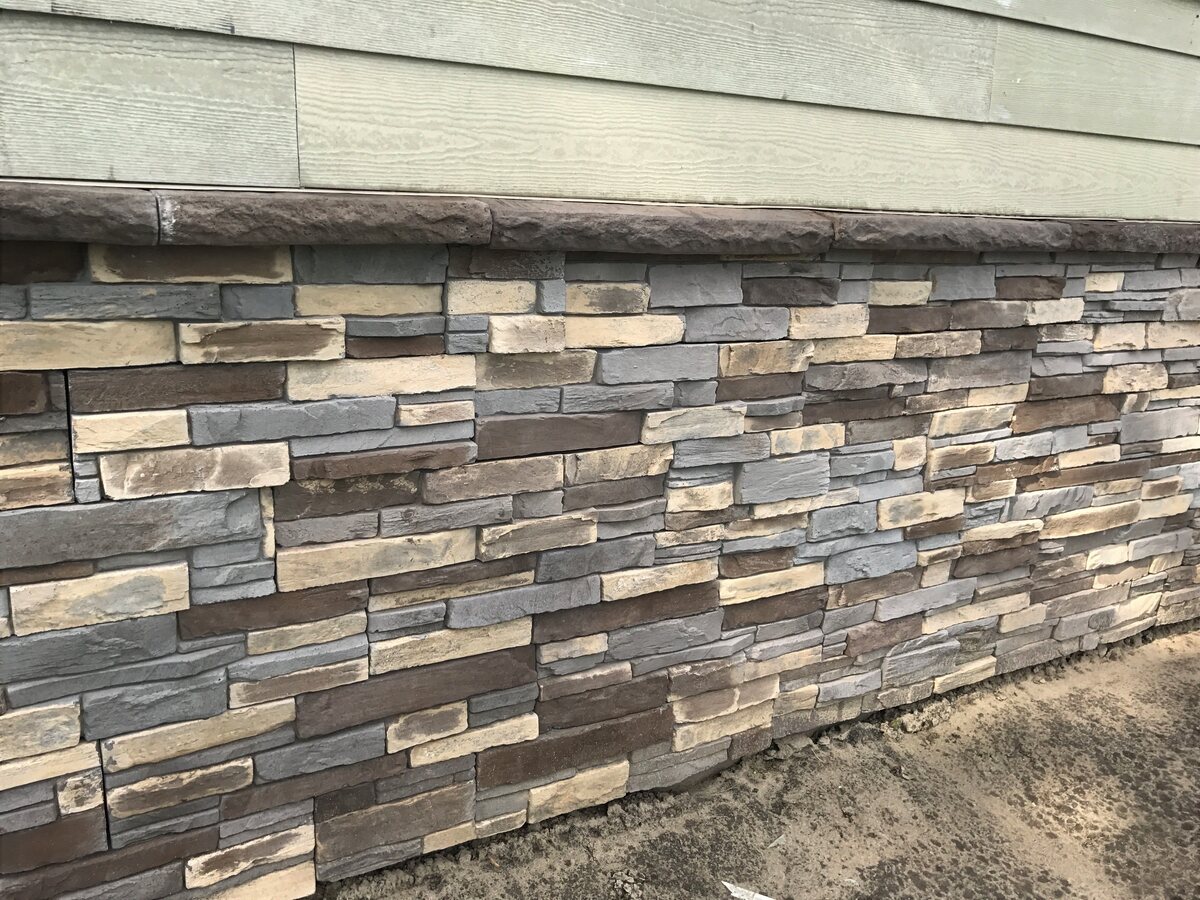
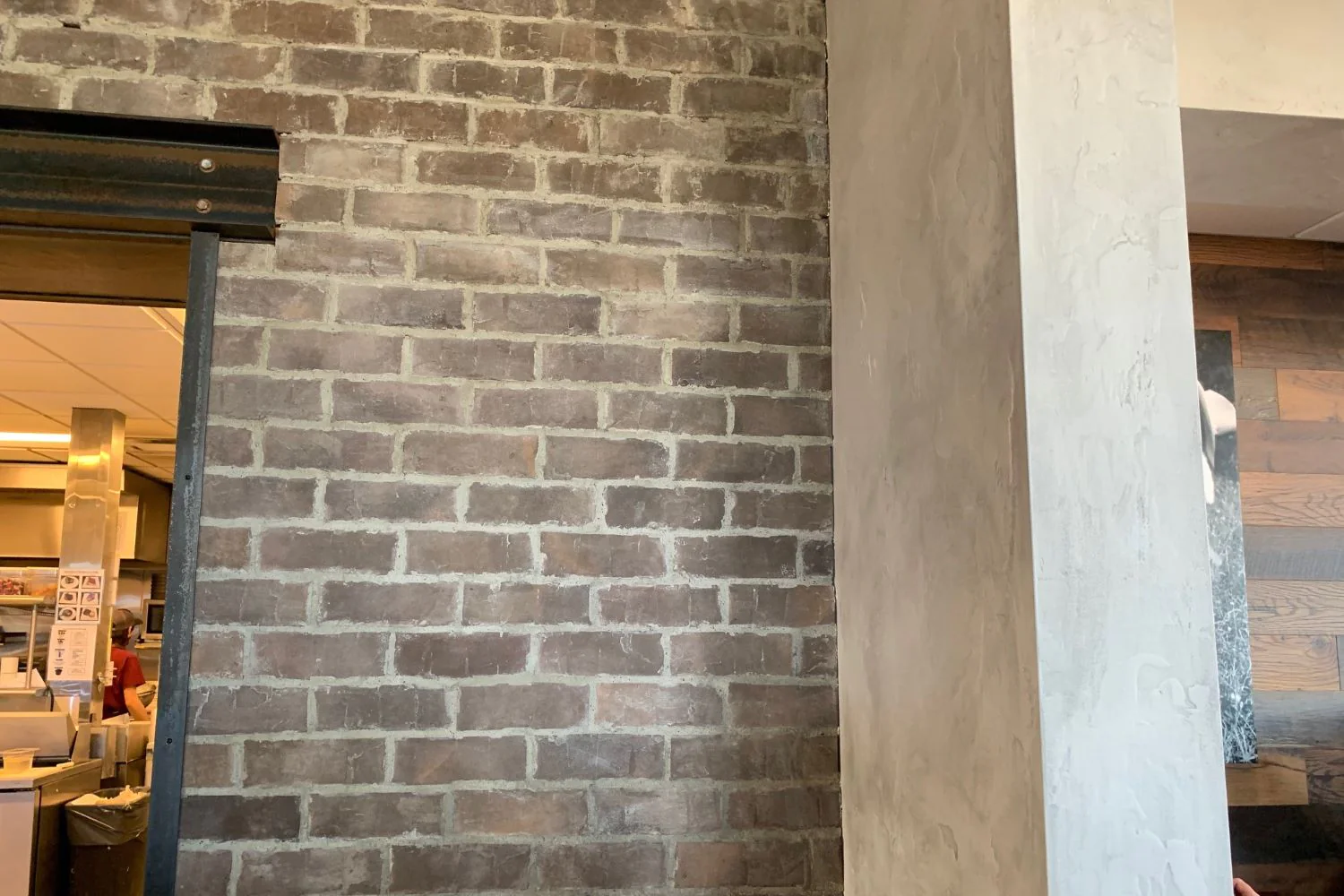
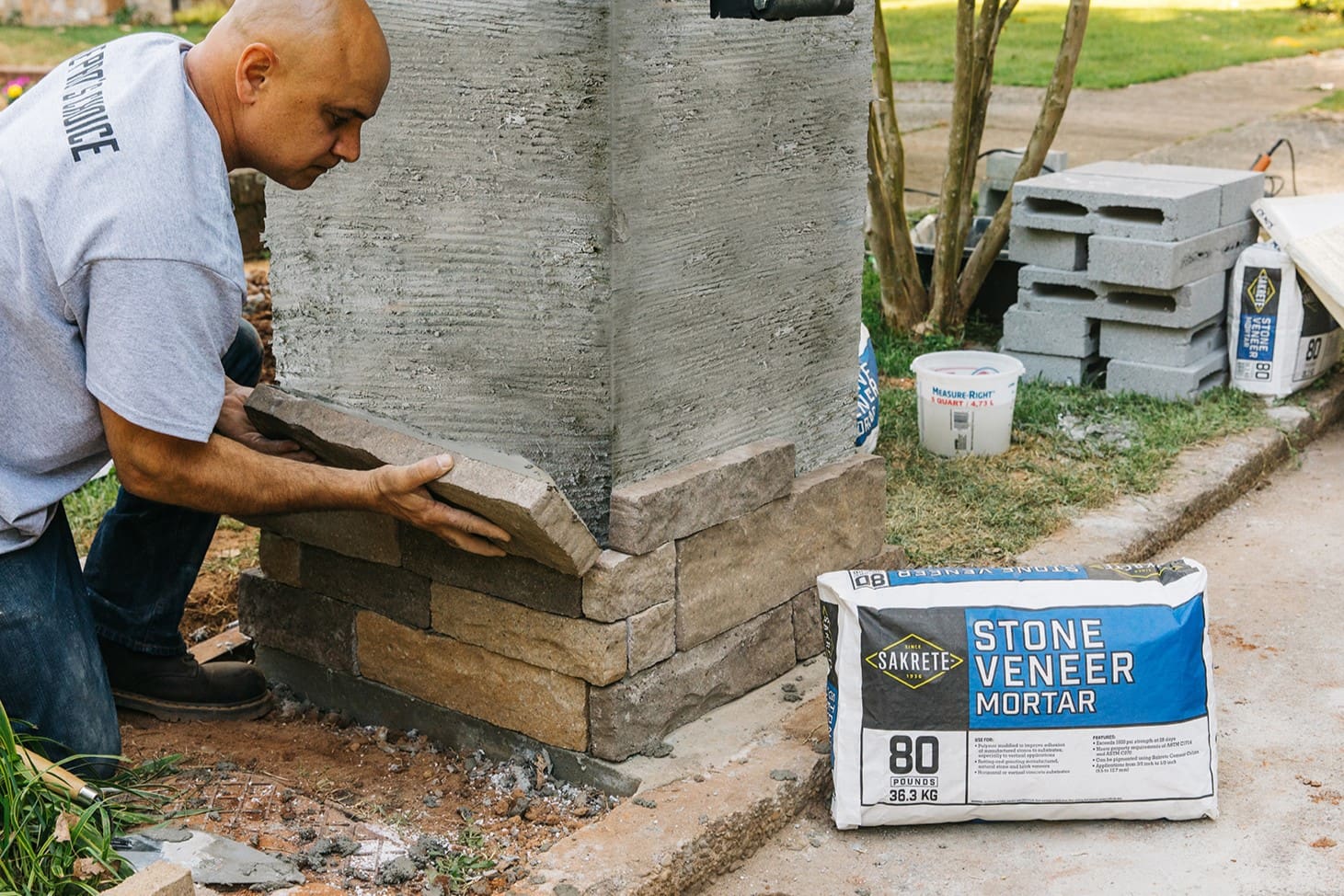
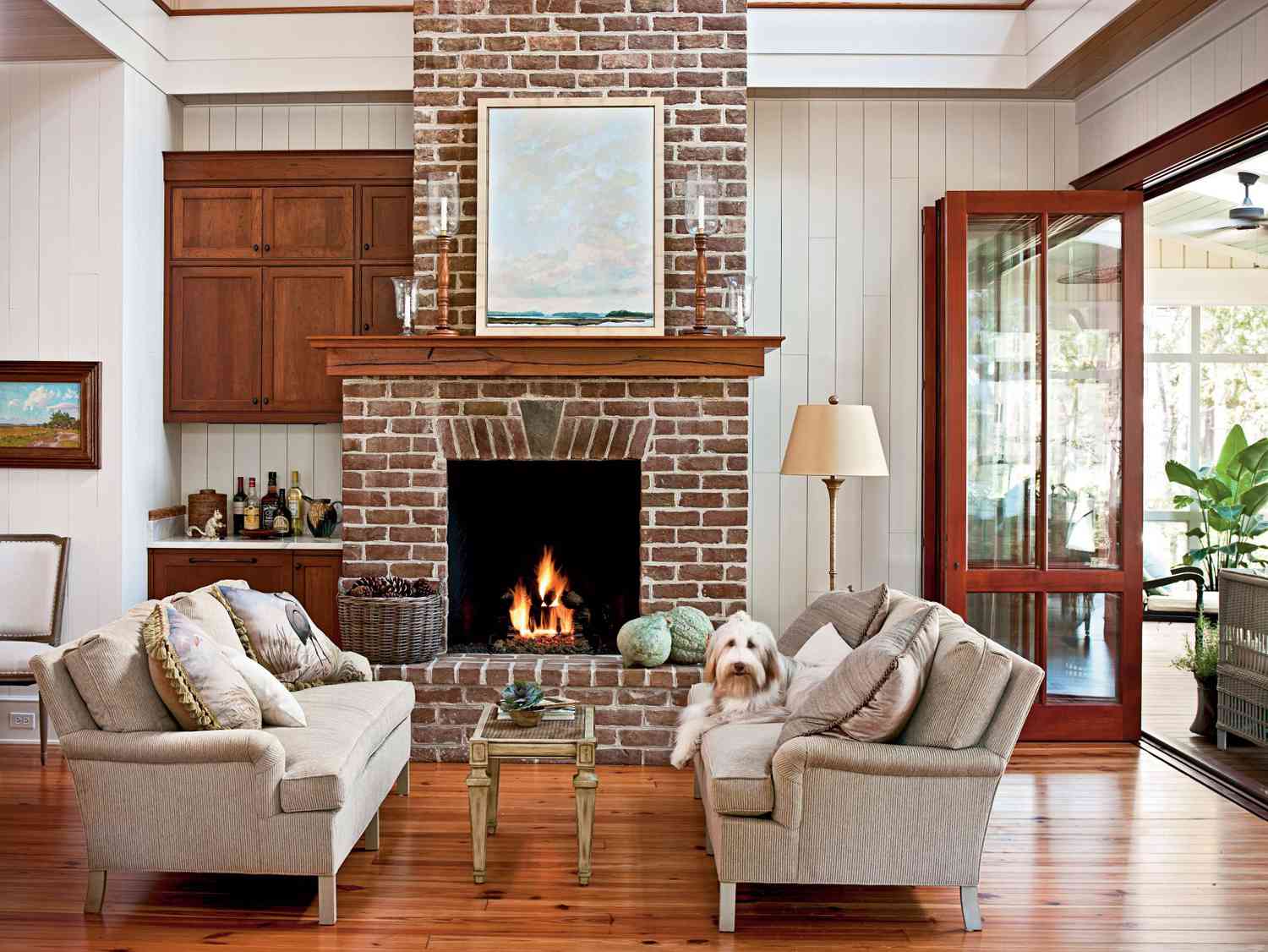
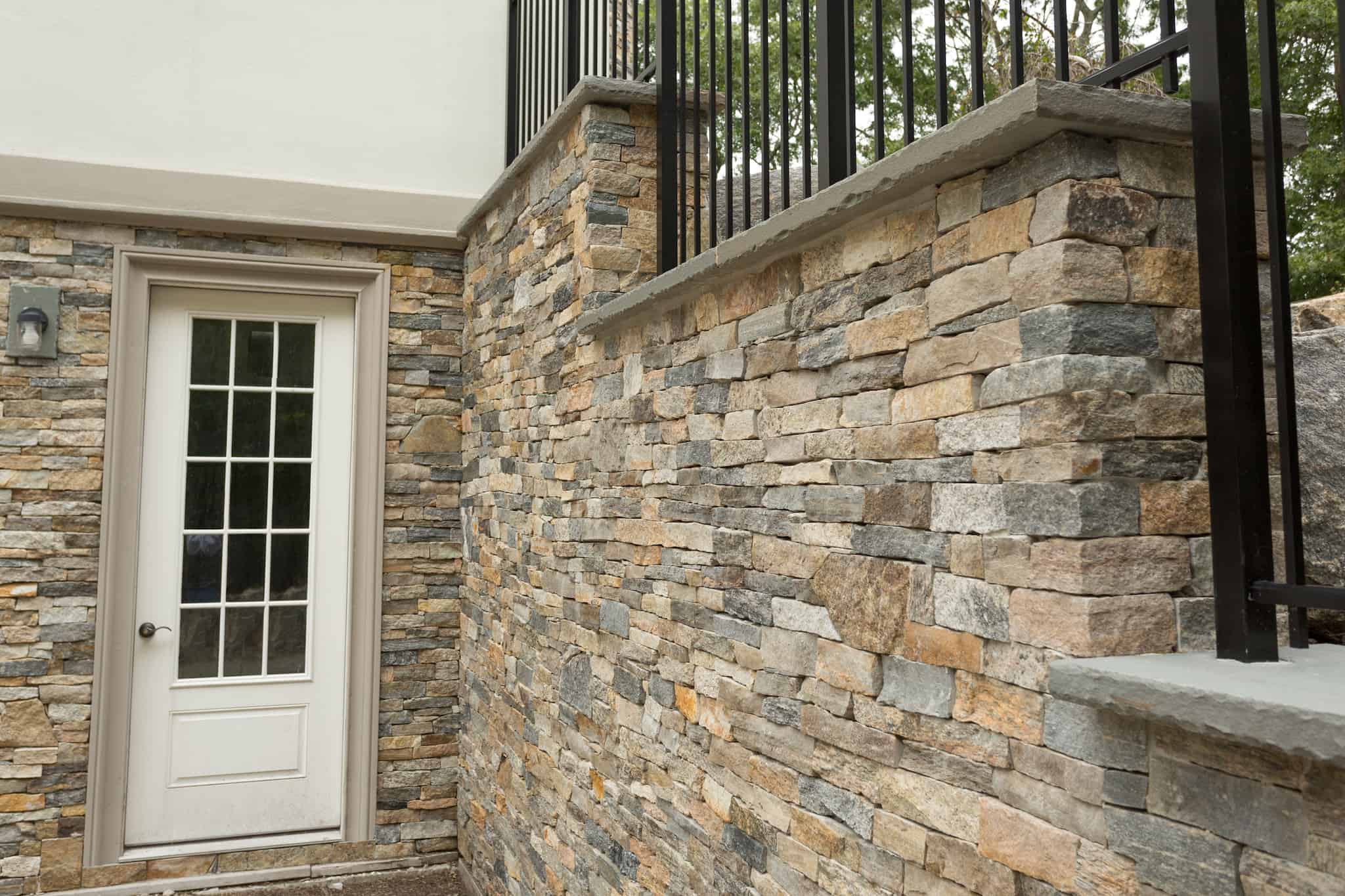

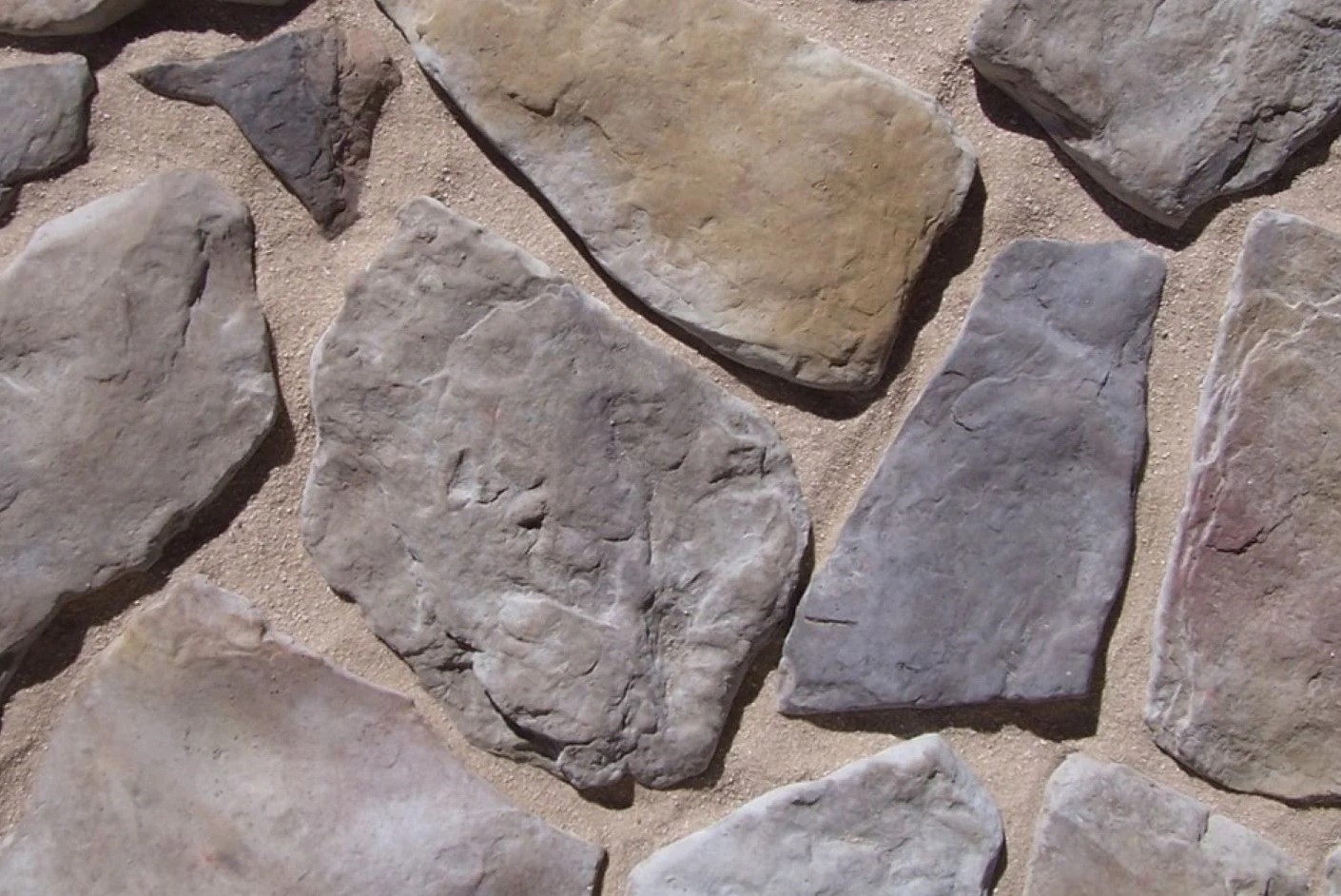
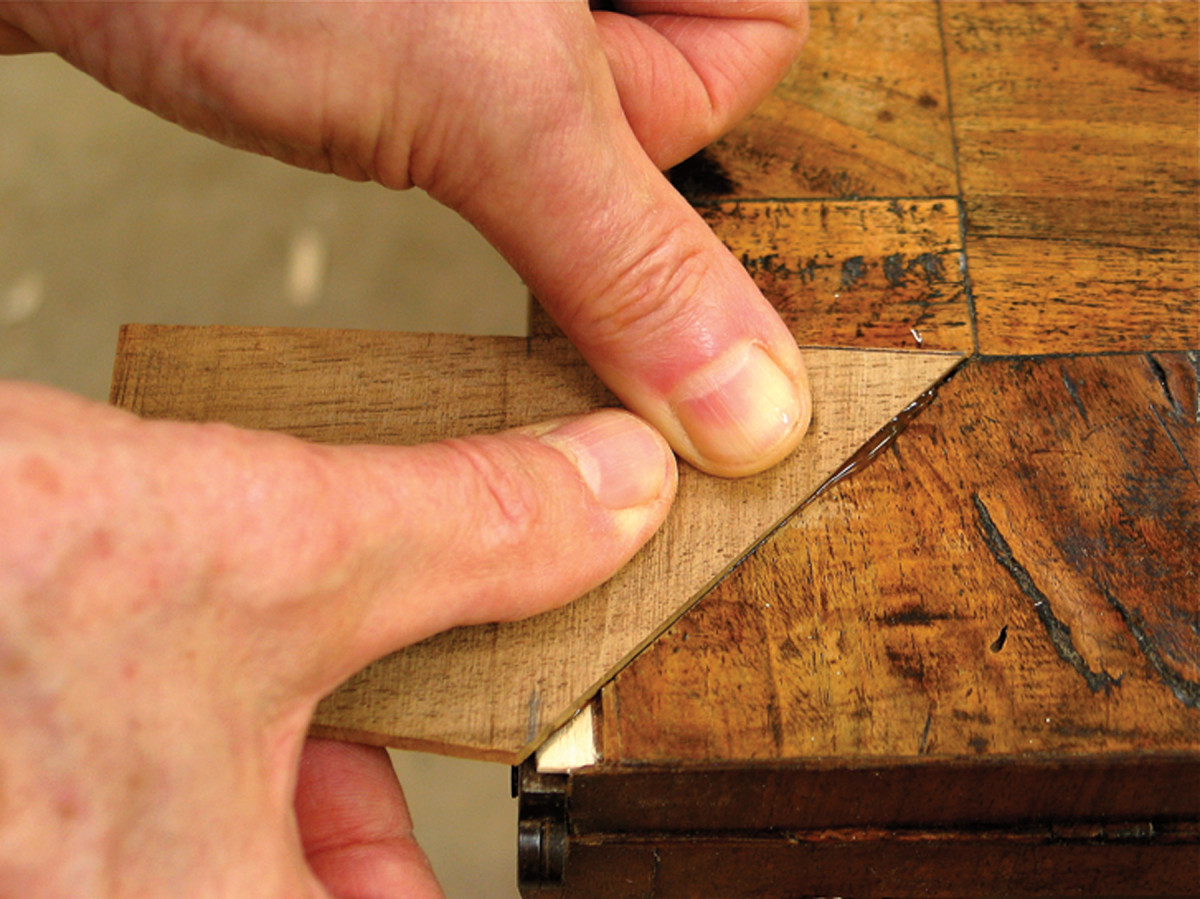
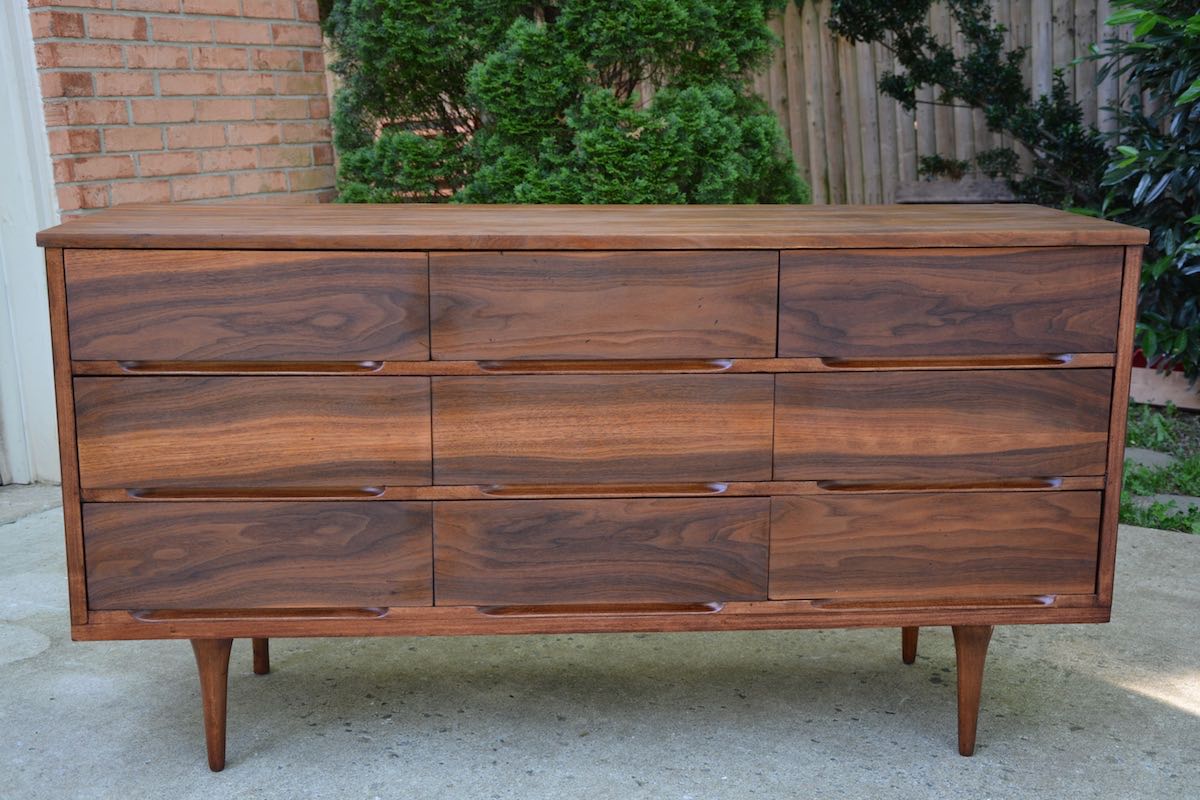
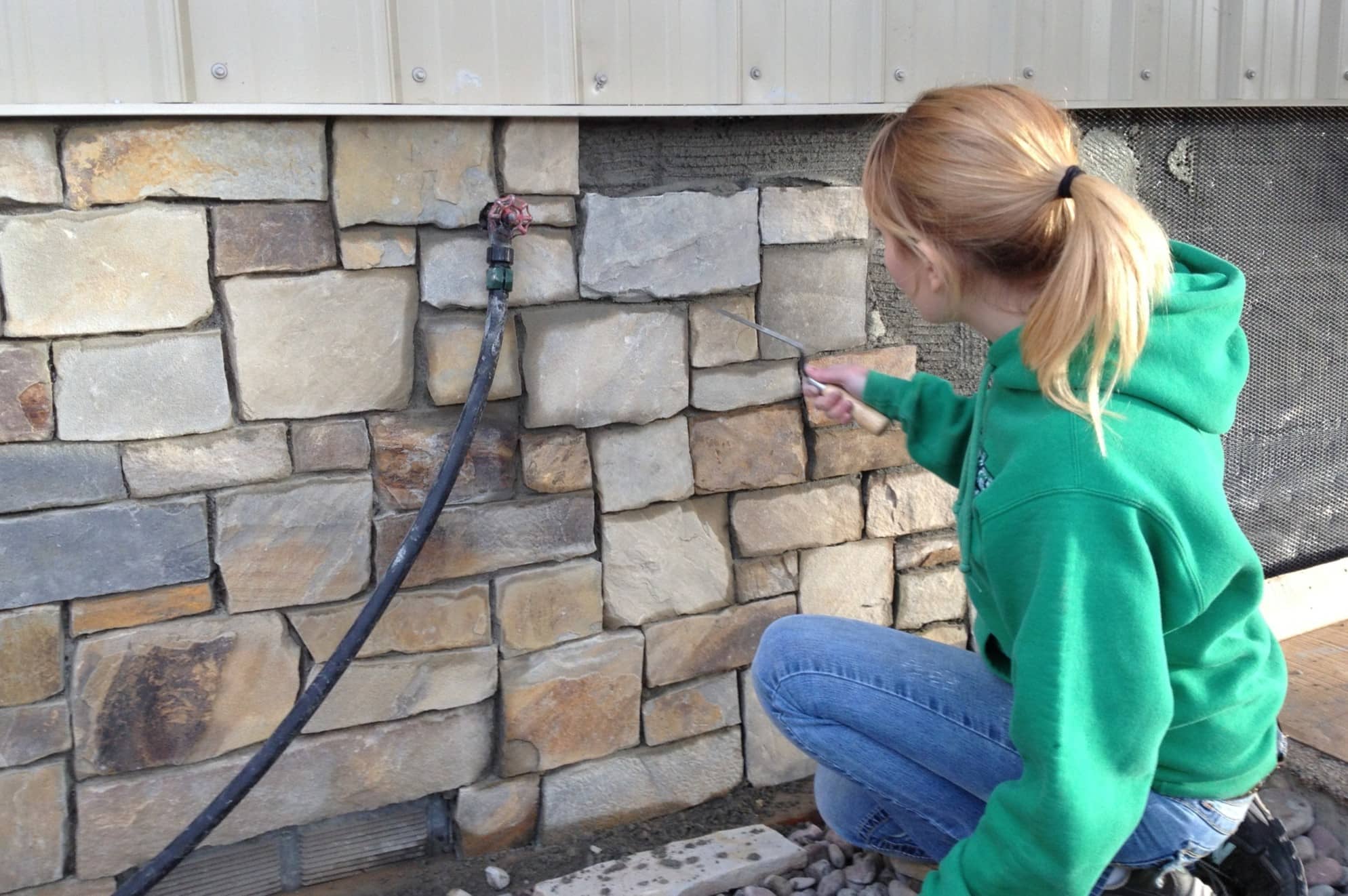
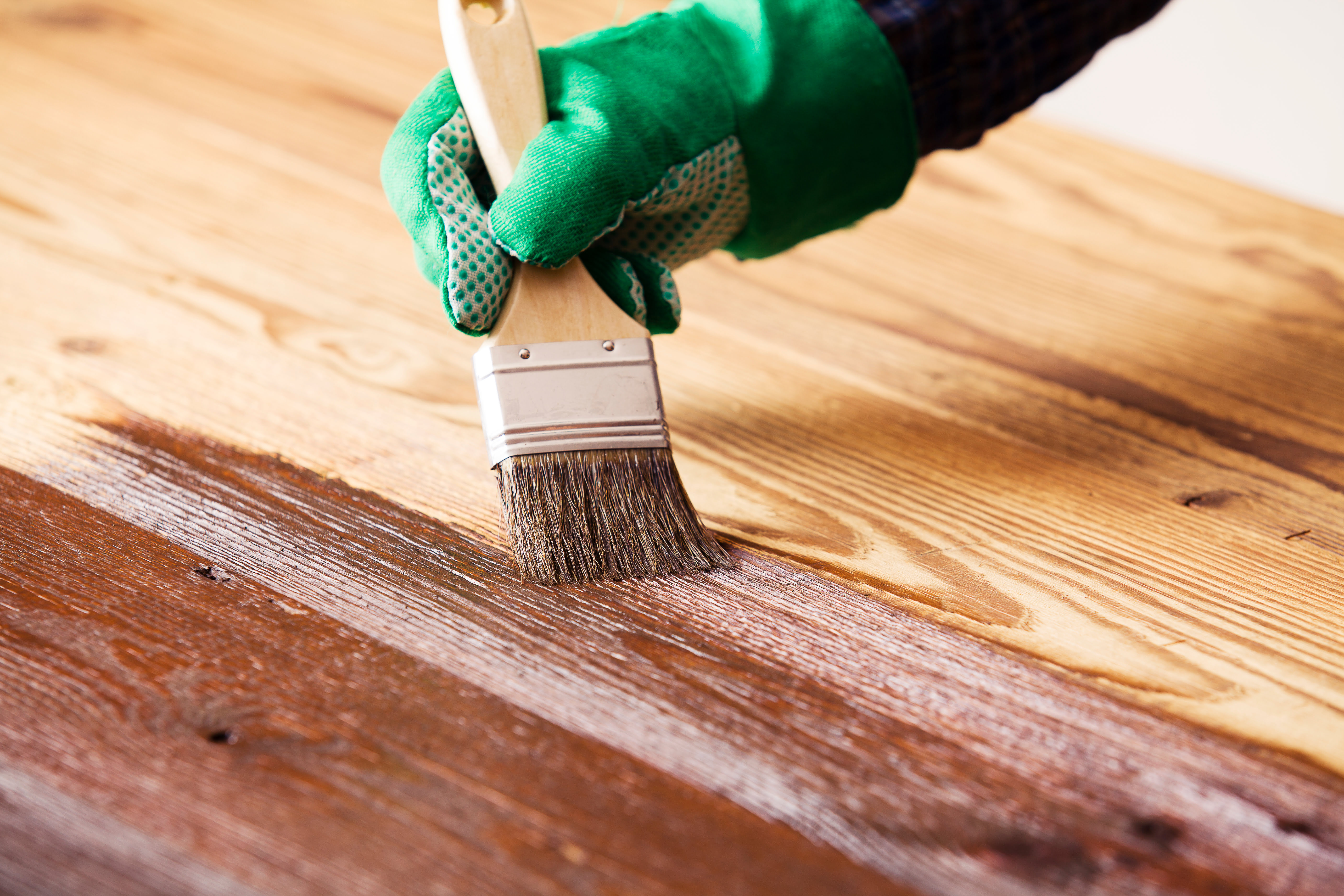
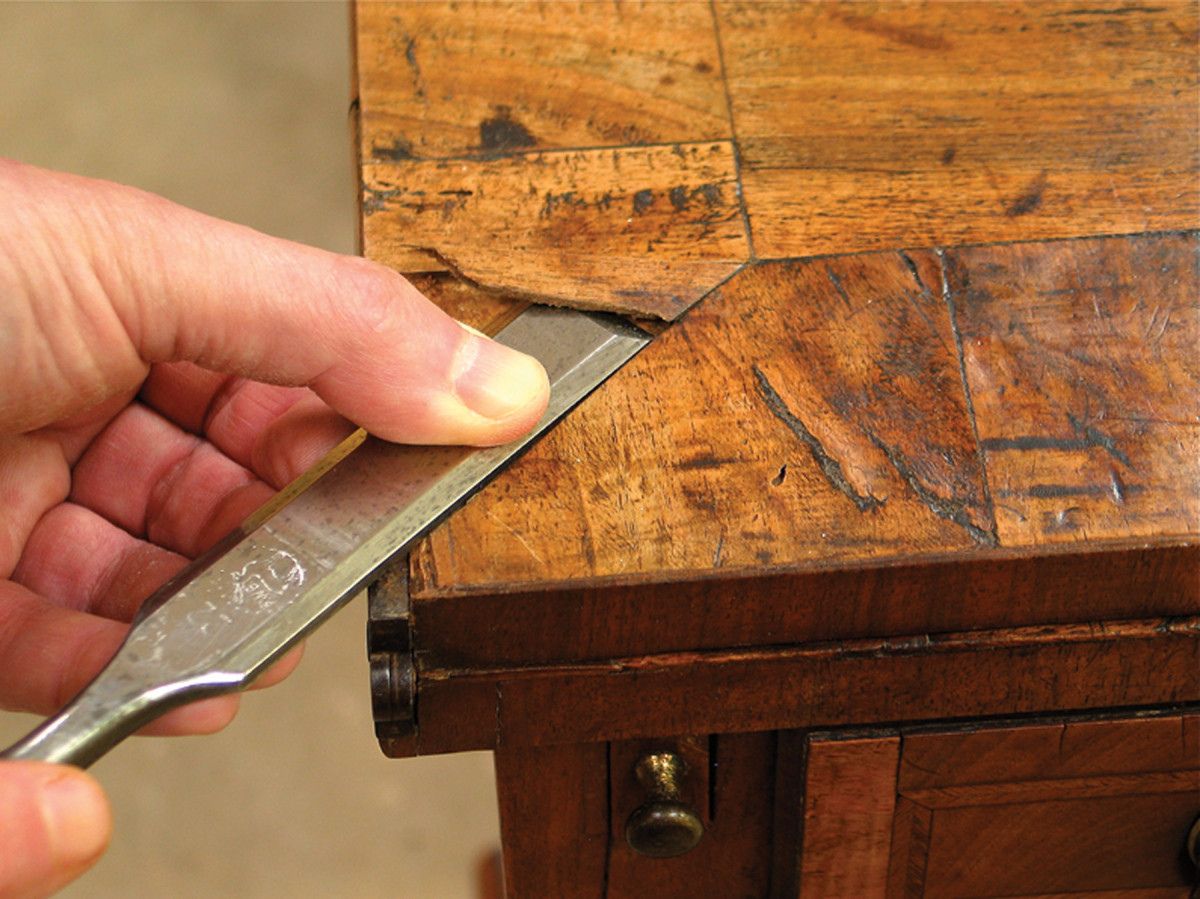
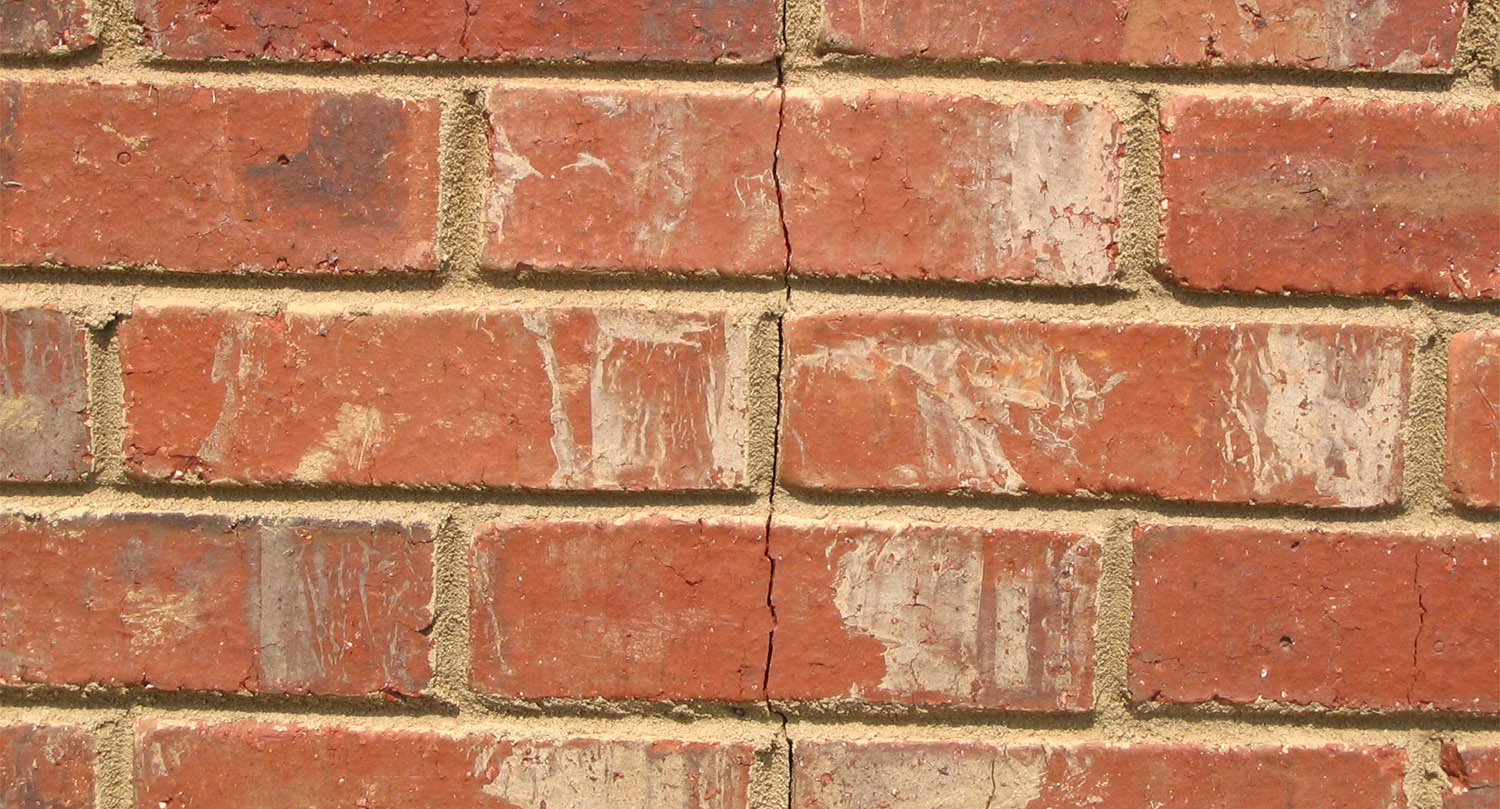
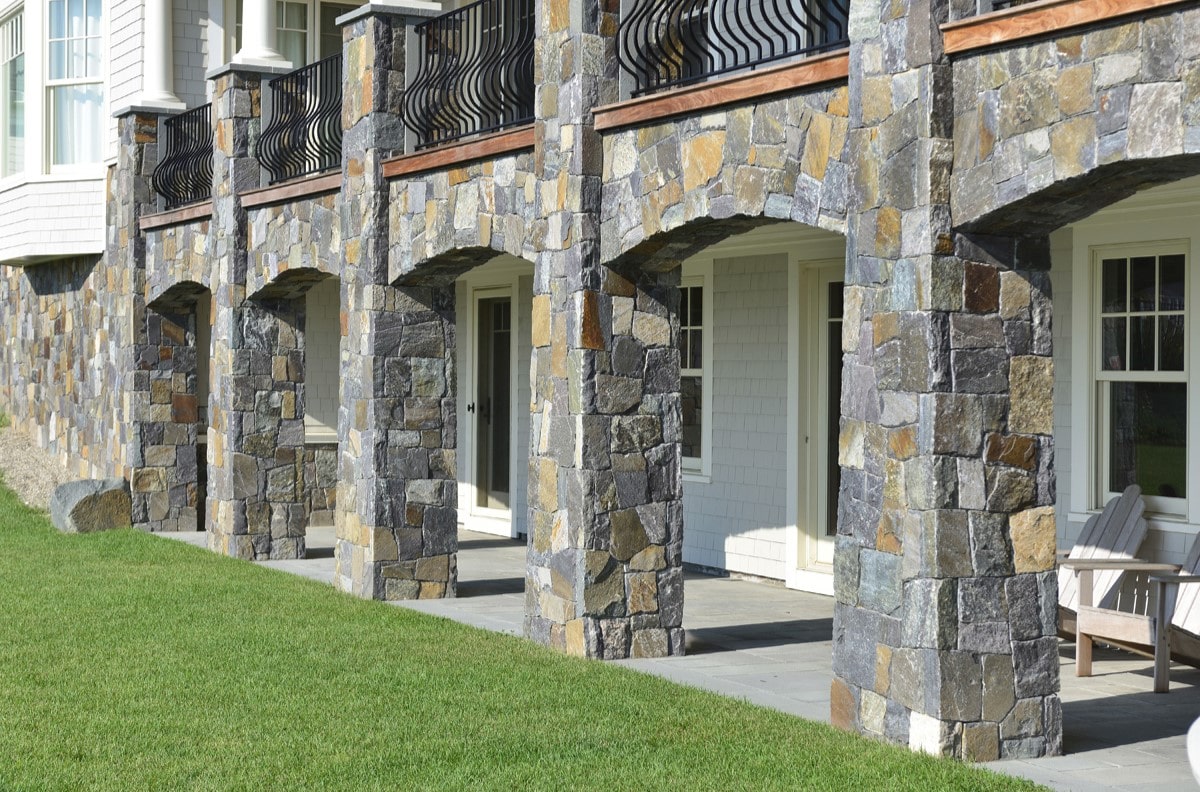

0 thoughts on “What Is Masonry Veneer Construction”